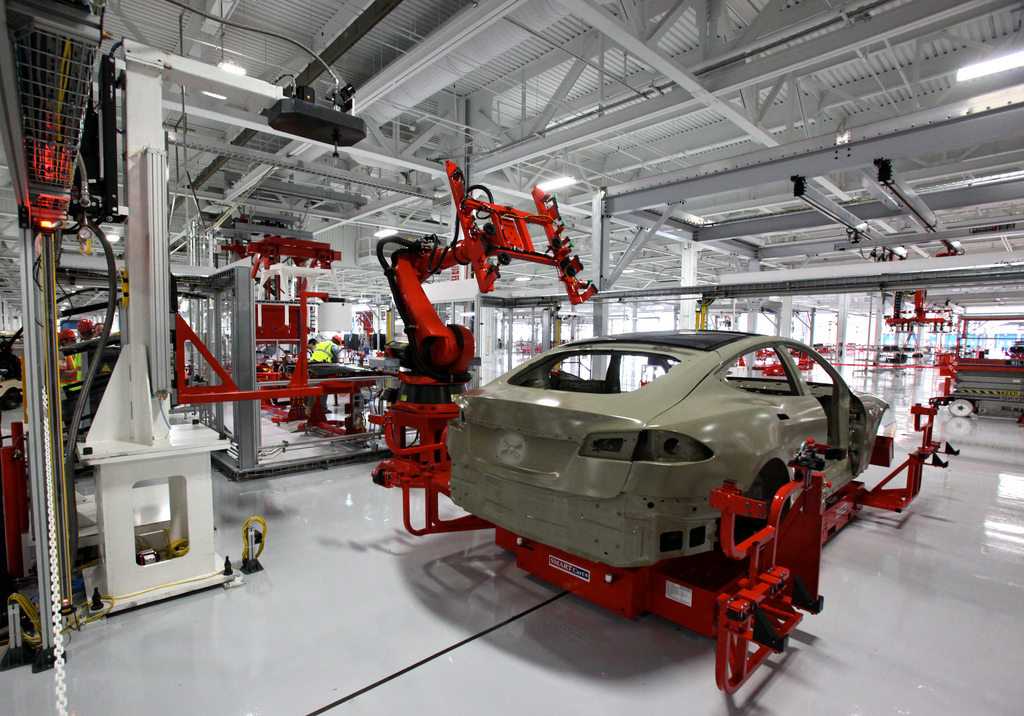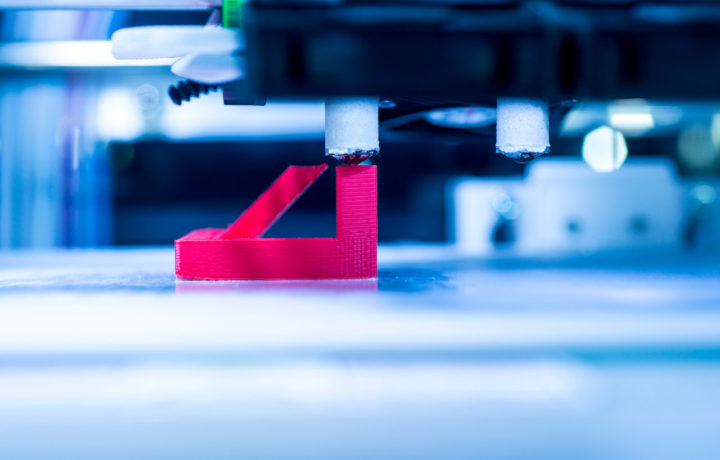Lean manufacturing comes in handy in the current manufacturing landscape, in spite of the digitization of the manufacturing processes. What does it mean and what principles does it function on? Read on to find out.
Understanding lean manufacturing
Lean manufacturing applies several processes as well as tools to eliminate waste from the process of production. It originated from the Japanese automotive industry, with Eiji Toyoda wanting to improve the efficiency of Toyota’s manufacturing operations.
Toyota’s success is strongly dependent on the five principles of lean manufacturing. The Toyota Production System popularized lean manufacturing tools developed by Eiji Toyoda in collaboration with Taiichi Ōno.
The five lean principles were identified in Lean Solutions, a book by James Womack and Daniel Jones. The application of these lean principles aims to increase profitability, efficiency, and reduce/eliminate wastage from the manufacturing process.

Principles of lean manufacturing
The five lean principles are:
- To define value
- To map the value stream
- To create flow
- To establish pull
- To strive for perfection
We’ll go over each principle and uncover how they help to achieve the goals of lean manufacturing.
1. To define value
Value has to be defined from the perspective of the customer of the business. To do this, you need to understand:
- The needs of the customer and their problem areas
- What products can satisfy those needs
- How much customers are willing to pay for a product
Customers may not always be able to accurately represent their needs, especially in the case of new products. It’s important that you still make an effort to define value based on customer needs. This can be done through the use of surveys, interviews, demographic details, as well as Design for Six Sigma (DFSS). You will then be able to design products catered to customer needs more easily.
2. To map the value stream
Once you have identified the value based on the customer of the product, it is important to carry out value stream mapping to understand the product life cycle. This process analyses the steps involved in the product life cycle, from conversion of raw materials into final products and even disposal of products.
Processes may then be classified as those that add value and non-value added process. Some non-value added processes may be necessary while others are unnecessary and need to be eliminated from the production process. The non-value added but essential functions must be reduced as much as possible.
3. To create flow
Defining value and identifying the processes that add value for the customer isn’t enough to increase efficiency. Several functional barriers may result in delays and interrupt how smoothly manufacturing operations flow. This is why it is important to create a process sequence that helps to establish a smooth flow from start to finish in the manufacturing process.
Re-configuration of the production steps and levelling out the workload are necessary for this. It is also a good idea to create cross functional departments to make the flow process easier. This will speed up lead times and ensure there is no wastage resulting from interruptions.

4. To establish pull
Traditional systems of manufacturing rely on a push based model. Here, manufacturing happens based on forecasts. This can result in a lot of wastage if forecasts are inaccurate. It could lead to work in progress as well as inventory issues. Lean manufacturing attempts to change this push method of production by manufacturing on demand.
Customer demand will drive the basis of production so that inventory issues and work in progress can be eliminated. Just in time delivery or responding to the demand ensures that the right quantity is generated and wastage is eliminated. For this to be successful though, creation of flow is necessary so that production time can be reduced and in time delivery becomes possible.
5. To strive for perfection
This principle ensures continuity and striving towards a common goal that is so essential to the success of lean manufacturing processes. The pursuit of perfection should be inculcated into the organizational culture, such that everyone strives to achieve it as a part of daily efforts. Measurement metrics must be used to monitor this effort.
Takeaway
If companies want to thrive in the competitive business environment today, they need to find better ways of doing the same thing.
Increasing efficiency while minimizing costs and lowering waste is crucial for the long term survival of a business. Lean manufacturing is the solution for that, giving manufacturers ways to limit wastage along the production lines, thus increasing productivity and profitability.
Cover photo credit: ThisisEngineering RAEng / Unsplash




